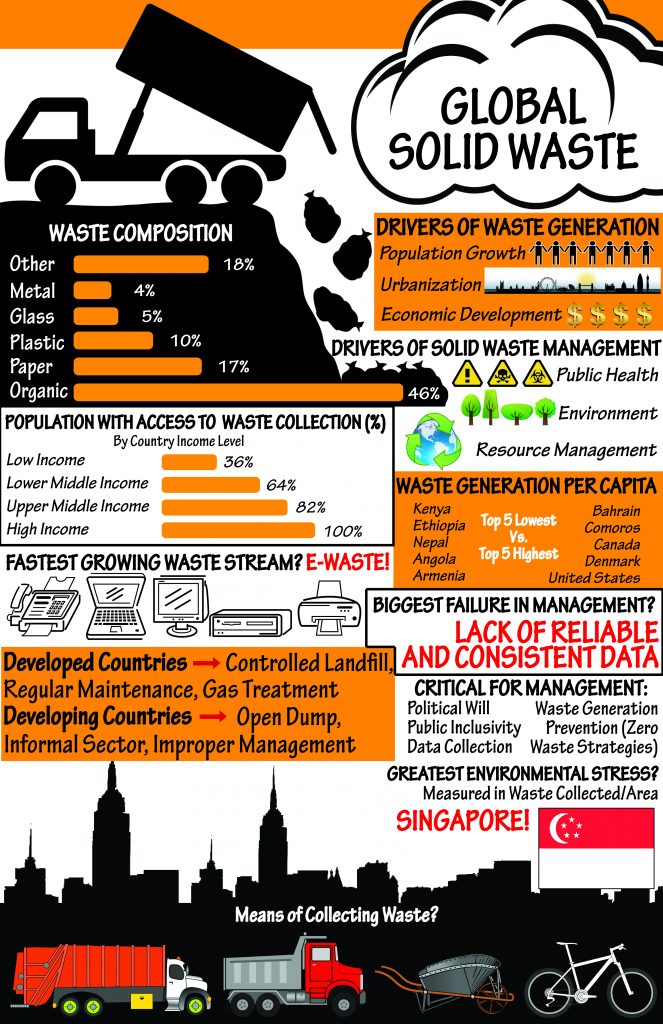

MEMO
To: Grace Newton, Director of the British Columbia Snowmobile Federation (BCSF)
From: Nancy Pham, Natural Resource Planner
Date: November 17, 2017
Re: Environmental Assessment Examination Results
Good afternoon Grace! As per your request, I have reviewed the recommendations and criticisms concerning the Garibaldi at Squamish Ski Resort. Upon a detailed examination of the environmental assessment conducted for the project, I found that the BC Environmental Assessment Office and the Resort Municipality of Whistler had valid concerns over the viability of this proposed project. Major concerns brought up by these two parties included the lack of information regarding potential effects on vegetation, fish and wildlife, as well as the consideration of reliable skiing given that snow abundance is insufficient below 600 meters above sea level.
My analysis and conclusions are based on the attached maps (Garibaldi at Squamish and Hillshade Garibaldi) outlining areas of concern within the project boundaries. These maps were created with ArcMap using secondary data sources from DataBC and the UBC G-Drive Database. Upon parsing all the relevant information, the data was filtered to meet the project boundaries and mined to reflect the concerns of interested parties. Using a digital elevation model, I was able to determine which areas within the project boundaries were below 600m to assess Whistler’s concern over the reliability of snow abundance for skiing. This data shows that 31.78% of the proposed project area lies below the recommended elevation for skiing. The data chosen to reflect potential impacts on vegetation, fish and wildlife include habitats of ungulates and fish, as well as red-listed ecosystems and old growth forest management areas. Combined, the area of these concerns amounts to 53.69% of the total project area. Below, you will find a table outlining all the areas of concern and the proportion of project area they occupy.
Taking into consideration the effect of climate change, snow abundance in the project area will likely decrease in upcoming years, limiting the suitable winter conditions for skiing and other winter sports. With that being said, Whistler’s concern over the viability of the project is validated when we consider that nearly a third of the project area will not yield a sufficient amount of snow and that those areas that do yield enough will likely decrease in area as climate change effects increases. Regarding the potential impact on vegetation, fish and wildlife, this project will cause widespread damage to the surrounding ecosystem thereby threatening already sensitive habitats and livelihoods. With over half the project area posing serious threats to ungulates, fish, threatened species and old growth forests, it is my recommendation that you continue to oppose the project.
The Garibaldi at Squamish Ski Resort will inflict serious environmental impacts, so the best approach towards mitigation would be to withdraw the project altogether. Based on this examination, the greatest environmental concerns related to this project would be its introduction of anthropogenic waste (construction, noise, pollution, traffic etc.) to a sensitive mountain ecosystem as well as its direct effects on vegetation, fish and wildlife habitat. Considering that there are six red-listed ecosystems within the project boundaries, this project will likely cause extirpation of these already threatened species. Regarding old growth forests, the destruction of their environment will not likely see reclamation for many generations since these trees have been growing for hundreds of years without this degree of disturbance. Based on the sheer size of project area that encompasses areas of concern, these impacts will not be mitigatable. Allowing these plants and animals to thrive in their existing environment is the best approach to avoiding irreversible damage.
I look forward to hearing from you in the near future, and please do not hesitate to inquire upon more information regarding the proposed project.
Best,
Nancy Pham, Natural Resource Planner Retained by BCSF
Self Reflection:
Similar to my role as a natural resource planner, I do not think this project should move forward. Even before creating these maps and assessing percentages, areas and so on, you could guess what kind of ecological impacts a massive ski resort would impose. This is already enough for me to say no. not that I am anti-development, but I find the project wildly unnessary given that we already have the resort municipality of whistler so close by. Furthermore, I’ve studied the proponents of the project in the past, and they are known for environmental degradation and subsequently not caring when someone sues them. Ethically, it would be best to cease the project, for the sake of the environment given that it has the inherent right to exist and not be disturbed.





